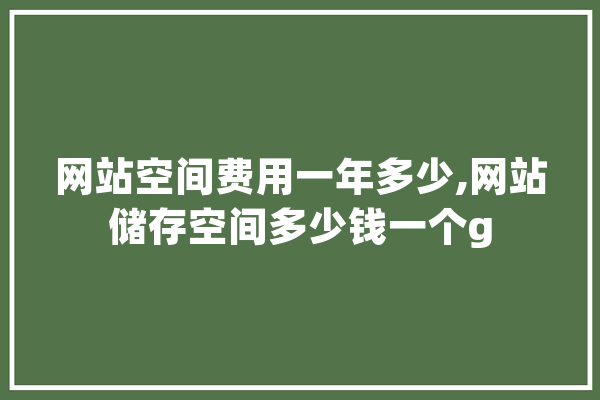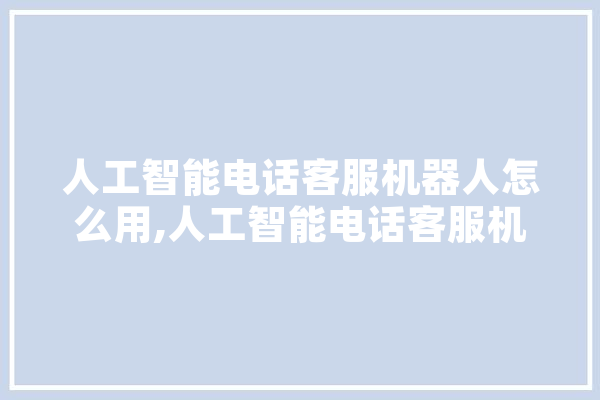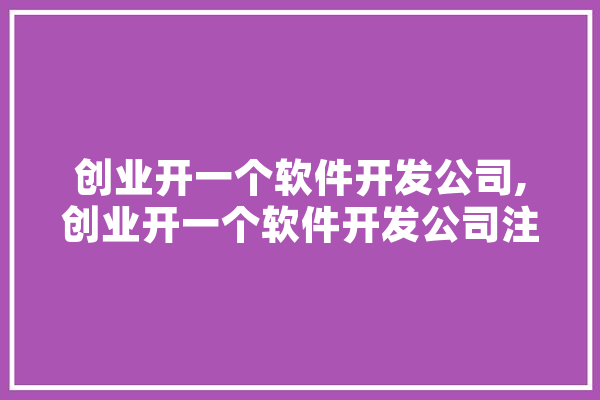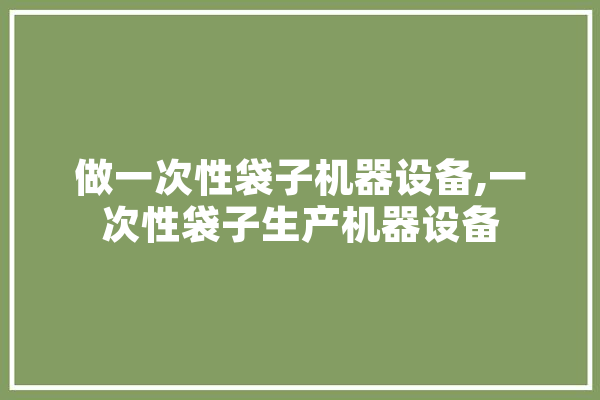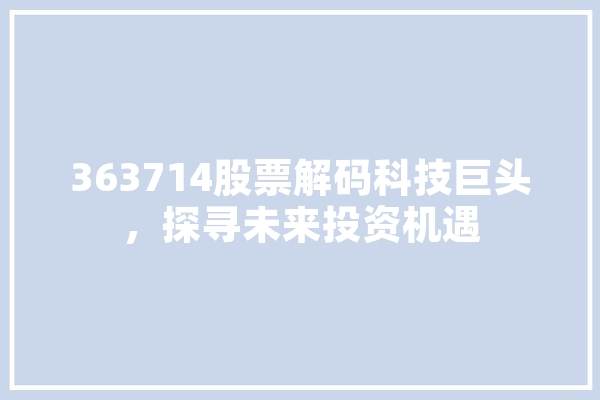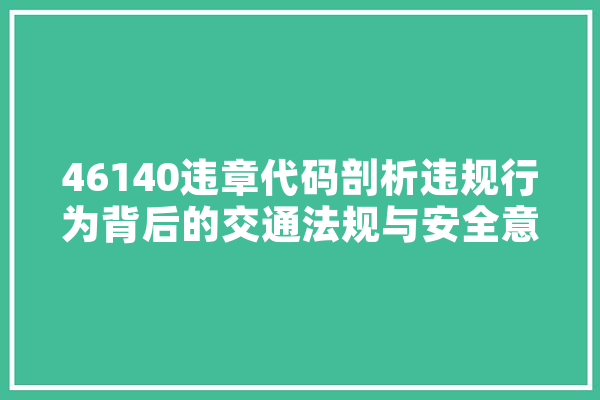纯代码打造TableView技术探索与艺术方法
TableView作为一种常见的用户界面组件,在iOS应用中扮演着举足轻重的角色。本文将深入探讨纯代码实现TableView的过程,从技术层面解析其布局、性能优化、数据绑定等方面,旨在为广大开发者提供一种高效、实用的开发方法。
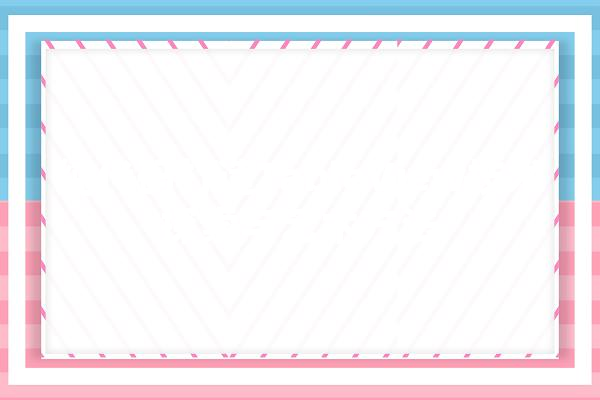
一、TableView简介
TableView是一种用于显示和编辑数据集合的界面组件,它由多个单元格(UITableViewCell)组成,用户可以通过滑动、点击等方式与TableView进行交互。在iOS开发中,TableView广泛应用于列表、表格、日历等多种场景。
二、纯代码实现TableView
1. 创建TableView
在ViewController中创建一个UITableView对象,并将其作为子视图添加到视图层次结构中。以下是创建TableView的代码示例:
```swift
self.tableView = UITableView(frame: self.view.bounds, style: .plain)
self.tableView.dataSource = self
self.tableView.delegate = self
self.view.addSubview(self.tableView)
```
2. 设置数据源
TableView的数据源负责提供单元格内容。在纯代码实现中,我们可以通过实现UITableViewDataSource协议中的方法来设置数据源。
```swift
func tableView(_ tableView: UITableView, numberOfRowsInSection section: Int) -> Int {
return self.dataArray.count
}
func tableView(_ tableView: UITableView, cellForRowAt indexPath: IndexPath) -> UITableViewCell {
let cell = tableView.dequeueReusableCell(withIdentifier: \
本文系作者个人观点,不代表本站立场,转载请注明出处!


